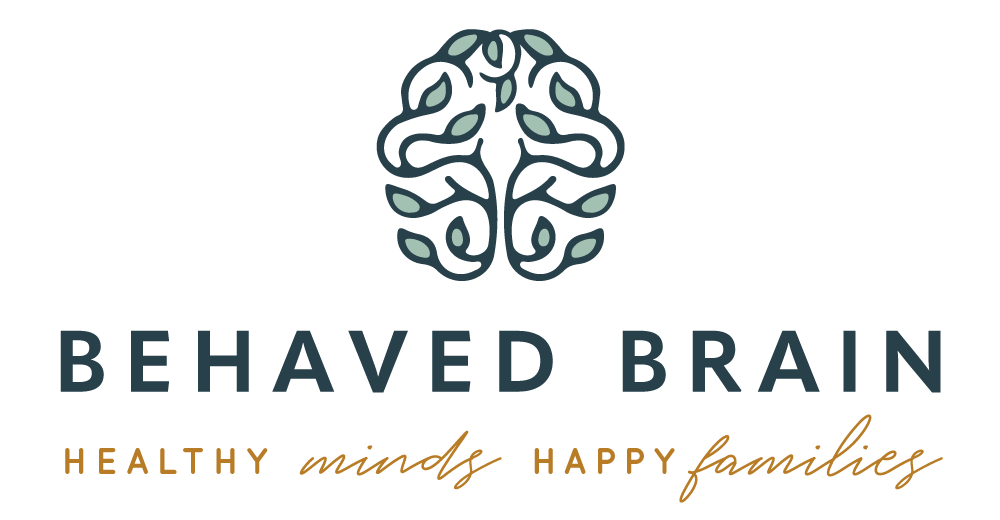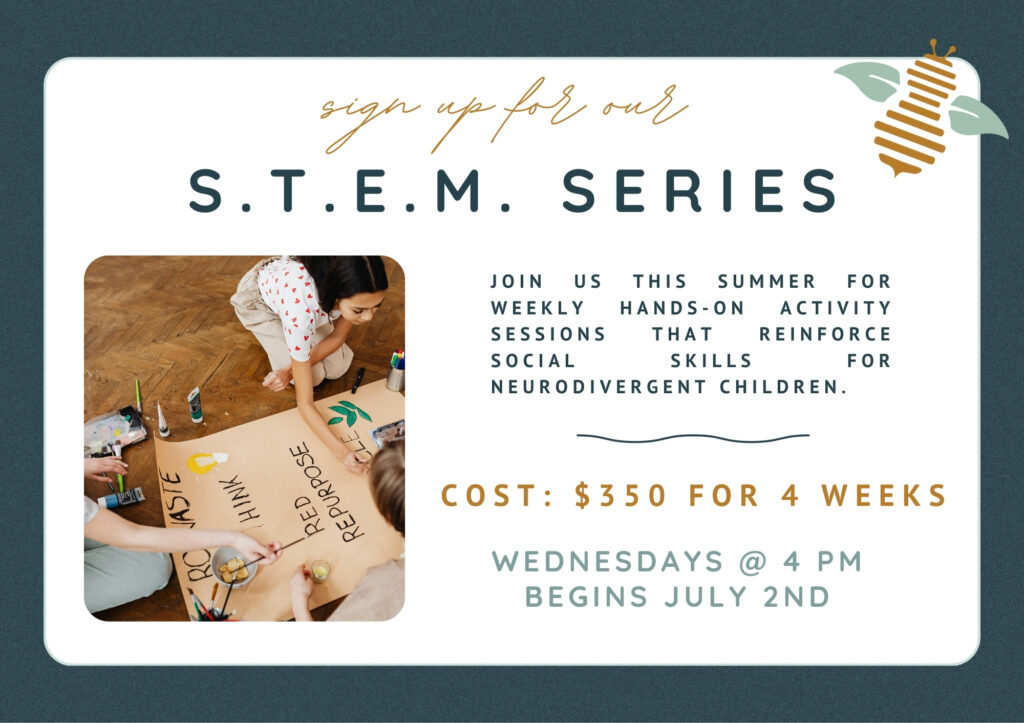New Jersey
Neurofeedback Therapy
The Behaved Brain Neurofeedback Therapy Method uses sensory technology to actively detect brainwave activity during therapeutic sessions, offering an immediate and measurable feedback loop to our team. Neurofeedback Therapy sessions are known to improve beta waves, associated with cognitive operation and focus, and theta waves, associated with anxiety. Collectively, Neurofeedback Therapy sessions improve mental health, cognitive performance, and overall emotional wellbeing. Neurofeedback Therapy is providing groundbreaking improvement for those suffering with sensory disorders, mood disorders, inattention, impulsivity, and excessive stress, low motivation, and insomnia.
How Does
Neurofeedback Therapy Work?

Neurofeedback Therapy is nested under the biofeedback therapy umbrella, where sensors are used to measure physiology during therapy sessions. By detecting changes in the body, clients learn to identify these signals, and over time, can better control their response to them. This is a form of neuroplasticity.
Neuroplasticity is the ability for the brain to regenerate by reorganizing synaptic connections – the essential method of communication in the brain between neurons. By creating new neural pathways, clients learn to adapt to situations, manage their reactions to stimuli, and even learn to control muscle functionality used for essential movement, digestion, and even pain relief. Our Neurofeedback Therapy experts are trained to monitor in-session brain activity to understand what triggers maladaptive reactions, while working with each client to actively identify and address these changes. Over time, this mindful approach gives clients the ability to control their reaction to outside influences.


The Benefits of
Neurofeedback Therapy

Neurofeedback Therapy has been shown to reduce the stress response while improving relaxation, mood, motivation, focus, and sleep, and can even help reduce pain. Neurofeedback Therapy is also used as a performance enhancer, helping high-level executives and athletes gain a competitive edge by increasing their mental acuity. Because of this, Neurofeedback Therapy is also utilized to help improve the aging brain, assisting those looking to improve cognition in elder years, or help delay the symptoms of cognitive decline. Neurofeedback Therapy can dramatically improve the following conditions:

- ADD and ADHD
- Stress and Anxiety
- Addiction
- Panic Attacks
- Depression
- Mood Disorders
- Obsessive Compulsive Disorder (OCD)
- Memory Issues
- Pain Disorders
- Self-Regulation
Our Technology
NeurOptimal® from Zengar
NeurOptimal® sensors capture a broad EEG spectrum from both hemispheres of the brain simultaneously, rather than focusing on content or on any particular EEG frequency as do other systems. The unique computer software and EEG hardware will detect turbulence, which is a sign of the brain about to make a shift.
The brain then decides if it meant to shift or if it was shifting unnecessarily. This turbulence detection is unique to NeurOptimal®, and the information is fed back into the brain in real time via auditory and visual perception. This enables improvement particularly in terms of processing efficiency, stability, adaptability, resilience, and increased transformational ability.
By simply offering the brain information about its own activity, our NeurOptimal® monitoring system allows the brain to re-organize itself, activating its own healing wisdom.
frequently asked questions about
Neurofeedback Therapy
Is Neurofeedback Therapy safe?
Neurofeedback Therapy is a completely safe and effective way to train your brain to respond better to your environment. This non-invasive, medication-free therapy uses the power of your own mind, along with the help of technology and our team of therapists, to recognize triggers and improve your response to them.
Is any medication used in Neurofeedback Therapy?
Neurofeedback Therapy does not uses medication or drugs to treat the individual. Instead, highly sensitive electrodes monitor brain activity and provide an immediate feedback loop to you and our team of therapists. Over time, the brain learns how to better respond to stimulus. This makes Neurofeedback Therapy one of the great tools of the mind that can be learned and put to use anytime!
Can children use Neurofeedback Therapy?
Neurofeedback Therapy is an excellent therapy method for children who contend with an overstimulated mind, or those suffering with trauma, just to name a few. Neurofeedback Therapy is known to help improve inattention and impulsivity, characteristic of ADD and ADHD. It can be an incredible tool to learn at a young age to utilize throughout life since Neurofeedback Therapy has shown to improve organizational skills, time management, and task-planning abilities. We recommend Neurofeedback Therapy for children over the age of 6.
How Many Neurofeedback Therapy sessions will I need?
Studies have shown that Neurofeedback Therapy begins to show improvement in the brain in as little as 2 sessions, but this technique usually requires 2-3 sessions per week for a period of 4-8 months. Of course, every client will require a unique number of sessions based on their rate of improvement. After completion, quarterly “booster” sessions are recommended to maintain the therapeutic benefit.
Can Neurofeedback Therapy be combined with other therapies?
Neurofeedback Therapy is typically layered onto our other therapy models, including play therapy, cognitive behavioral therapy, mindfulness and calming techniques, and of course, our foundational Brain Health program. The synergy of combining therapies allows our clients to tap into their subconscious mind while actively improving the environment around them.

Join Our Family

Behaved Brain Wellness Center is currently accepting new in-person and virtual clients. If you’d like to call to schedule a session at either our Ho-Ho-Kus, NJ or Midland Park, NJ location, click here!







